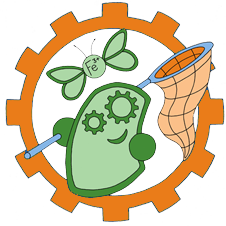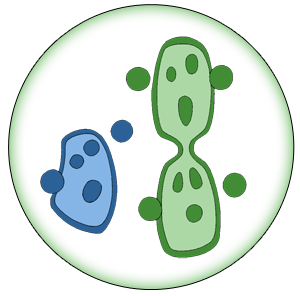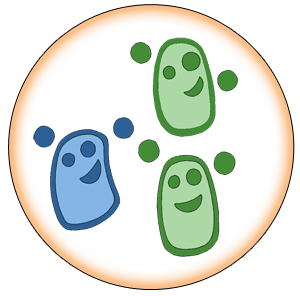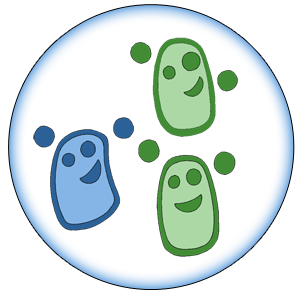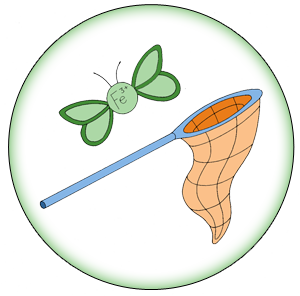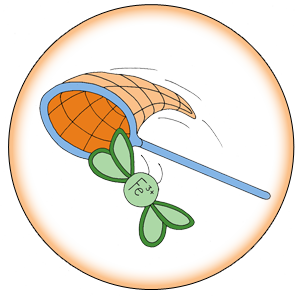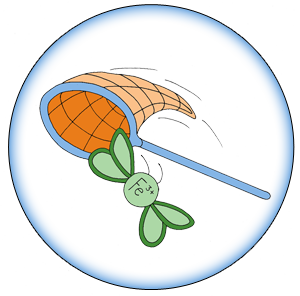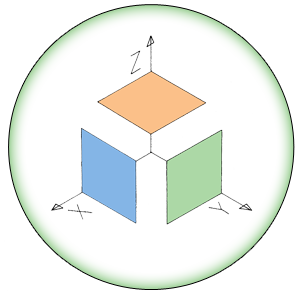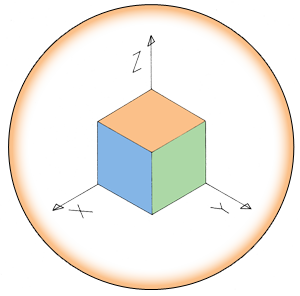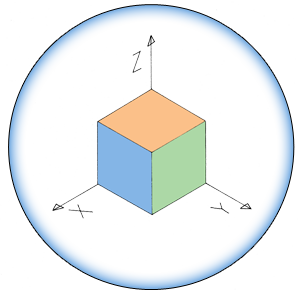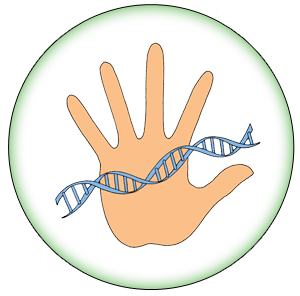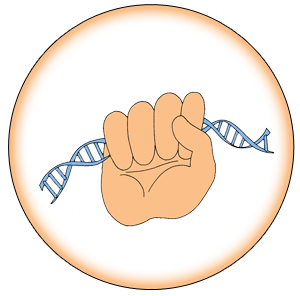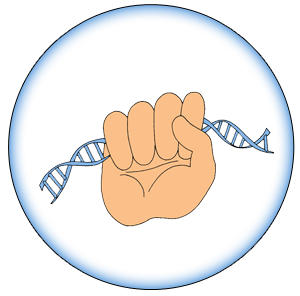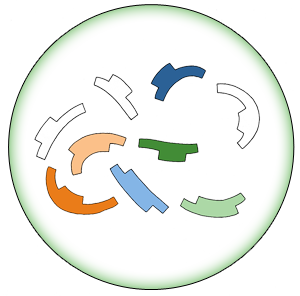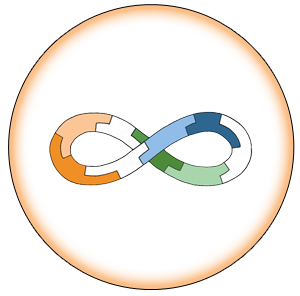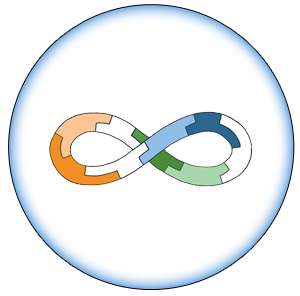Team:Edinburgh/Human Practices/Industries/Leather
From 2013.igem.org
Leather industry: Traditionally leather production is a batch process divided into three stages. Primarily, leather needs to be pre-treated prior to any processing. This removes undesirable components and is achieved by soaking the raw product in water and alkali solution. Following pre-treatment skin is subjected to tanning (figure 1).
Figure 1. Traditional tannery in Fez, Morocco (left) vs. modern tannery in Scotland (Scottish leather group)
The tanning process is performed by soaking the skin in a tanning agent (organic or mineral) what changes the protein structure of the leather. Tanning agent is fixed onto the leather by soaking it in a basic solution. Tanned hides are more durable and can be used in various applications.
Following tanning the skin might be crusted this would include dying, making the skin thinner and application of special conditioning agents.
Importance of leather industry in Scotland:
Major companies which manufacture leather goods in Scotland are associated within a Scottish Leather Group Ltd. 80% of manufactured goods is exported. Major applications of Scottish leather include worldwide aviation industry which requires fire retardant hides of which Scotland is the largest producer in the world. The yearly turnover of Scottish Leather Group exceeds £100 million.
Waste generated by leather industry:
Leather production generates environmental pollutants. During some pre-treatment process harsh solvents are used. More importantly, chromium is the main mineral tanning agent. Exposure to chromium can be detrimental to humans as it was presented in famous movie ”Erin Brockovich”
Pollution is the main problem in developing countries such as India where environmental control is of poor quality. In cities such as Kanpur as much as 22 tonnes of waste full of chromium is disposed to the water of river Ganges each day from a single tannery. Places such as this are where our system would find most application. Use of bacteria in metal capture is much cheaper than chemical methods which can be used to a full extent only in developed countries such as Scotland. However, use of metal capture in waste generated by companies associated in Scottish Leather Group could help those exceed their current goals in chromium removal (figure 2)
Figure 2. Amount of chrome released to the environment from the companies associated in Scottish Leather Group Ltd.
(see: http://www.scottishleathergroup.com/ScottishLeatherGroup/Sustainability/SLGEnvPol_1.aspx for full details on the environmental impact of Scottish leather industry).

| 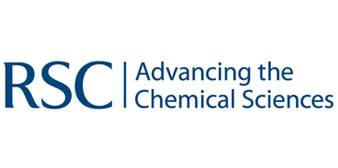
| | | | 
|
| This iGEM team has been funded by the MSD Scottish Life Sciences Fund. The opinions expressed by this iGEM team are those of the team members and do not necessarily represent those of MSD | |||||
 "
"

